The recently conducted ACMA Automechanika webinar on Indian automotive aftermarket themed ‘Bringing out the full potential through upskilling’ brought together a virtual dais full of eminent leaders from the industry. Powered by MOTORINDIA, the session discussed key aspects – be it workforce readiness in handling BS-VI vehicles, digital transformation in the industry including in the SCM, and upskilling the garage workforce – at length. Sarada Vishnubhatla brings you the excerpts!
The who’s who of the automotive industry graced the ACMA Automechanika webinar on the Indian automotive aftermarket to brainstorm on how to bring out the full potential of the stakeholders by upskilling. With the support of R E Rogers India and Shriram Veritech Solutions as session partners, MOTORINDIA invited S Muralidharan, Principal Consultant, Mobility Aftermarket, to steer the session. The eminent panelists were Ramesh Rajagopalan, Sr. VP & Head – Aftermarket, Network Development & Retail, Volvo-Eicher Commercial Vehicles (VECV); Debashish Satpathy, VP – Automotive Aftermarket, Schaeffler India; Nikunj Sanghi, Chairman, Automotive Skills Development Council (ASDC) and K Balasubramaniyam, Director – Operations, Speed-A-Way.
The key points that were discussed at length included workforce readiness to handle BS-VI vehicles, managing e-retail, role of manufacturers in training the garage workforce besides driving digital supply chain management.
Excerpts:
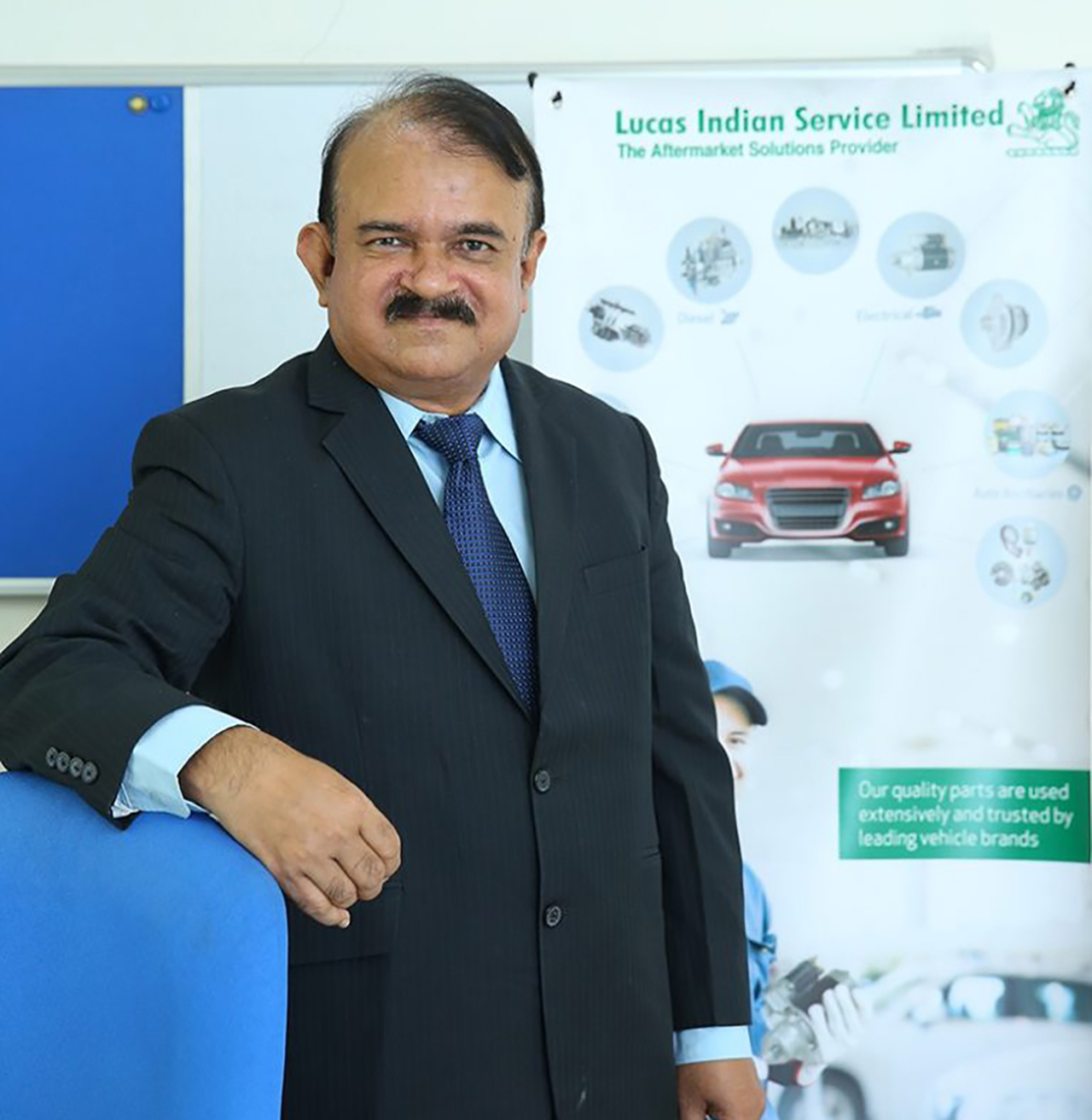
Muralidharan: The Indian automotive aftermarket may be less than 3% of the global aftermarket in size but offers significant export potential. Worth US $ 10bn and growing consistently at a CAGR of 7% despite the recession forced on by the COVID pandemic, the Indian automotive aftermarket is profitable. The business is now going through seismic changes across vehicle technology in all Bharat Stages 3, 4 or 6, all vehicle type – EVs, CNG, shared cars or personal vehicles and is undergoing digital transformation. The servicing of this market is spread across over 2,00,000 mechanics in 4,000 small towns dotting 600-odd districts and it employs over 1.4 crore people starting from the smallest 2-wheeler mechanic, the largest excavator workshop to the tractor garage.
The need to upskill has been the segment’s prime focus in the last one year. It is also the time when BS-VI came into being. What sort of upskilling have the vehicle manufacturers undertaken to address the two issues?
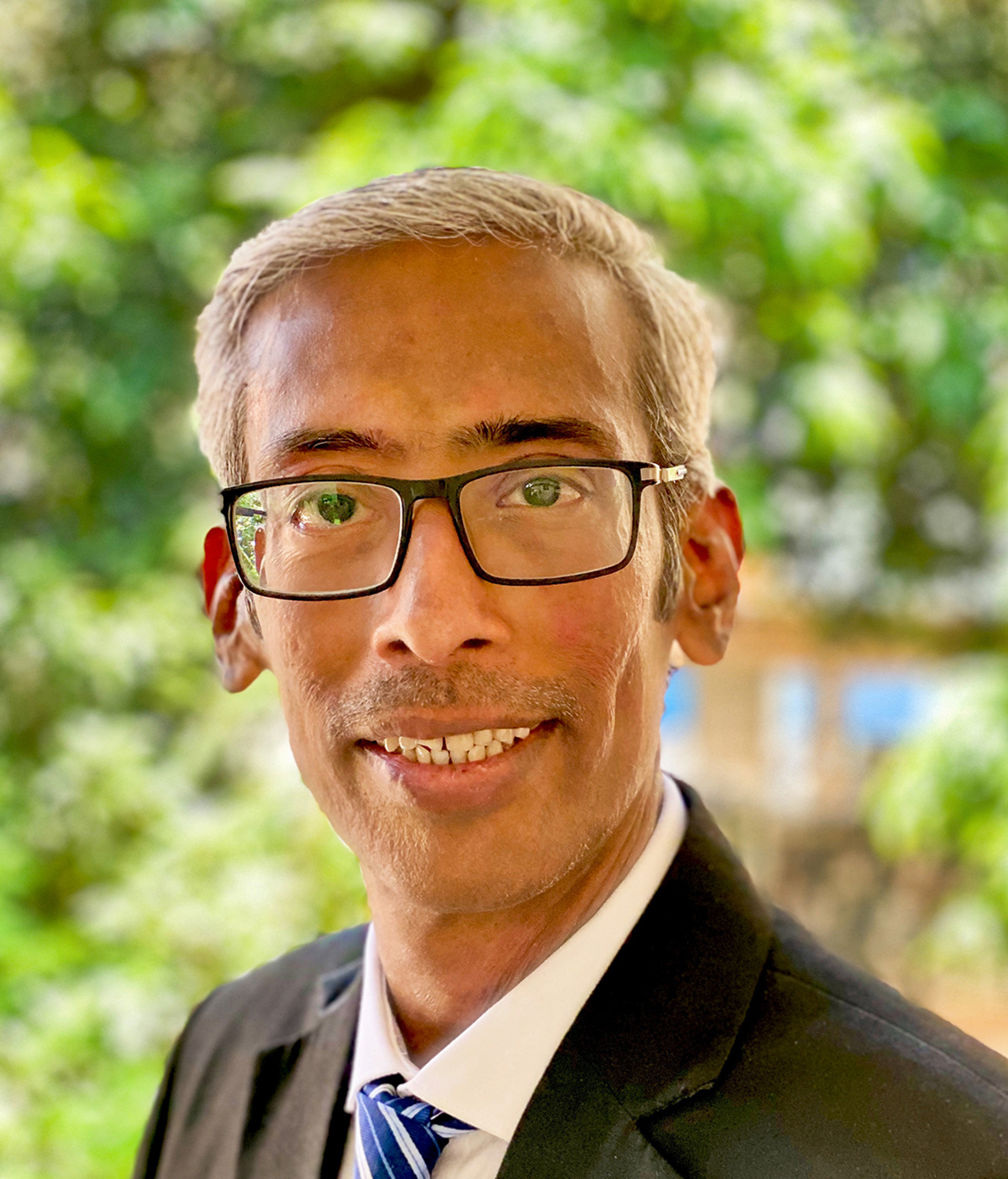
Ramesh Rajagopalan: The BS-VI journey has been a steep learning curve with its short transition timeline and the ensuing pandemic chaos. Retail requires significant skill upgrades for BS-VI products. Indian aftermarket segment is big and highly fragmented with over 40,000 plus retailers, 2,00,000 technicians and 1,00,000 plus garages and 1,000s of small distributors across the country. Their upskilling has specifically focused on the diagnostics especially and the aftertreatment system which is much different from BS-IV vehicles. Given the short time frame and the Covid-induced lockdowns, most OEMs are quickly including digital medium to ramp up upskilling and training. Around 25,000 plus technicians have been trained so far by the industry to care for BS-VI products.
VECV has launched a virtual training studio to impart interactive training sessions and offer custom-built training programs. Our recently launched world class uptime center offers various proactive services, supports the retail aftermarket and ensures customer services are delivered 24×7 in the best possible way.
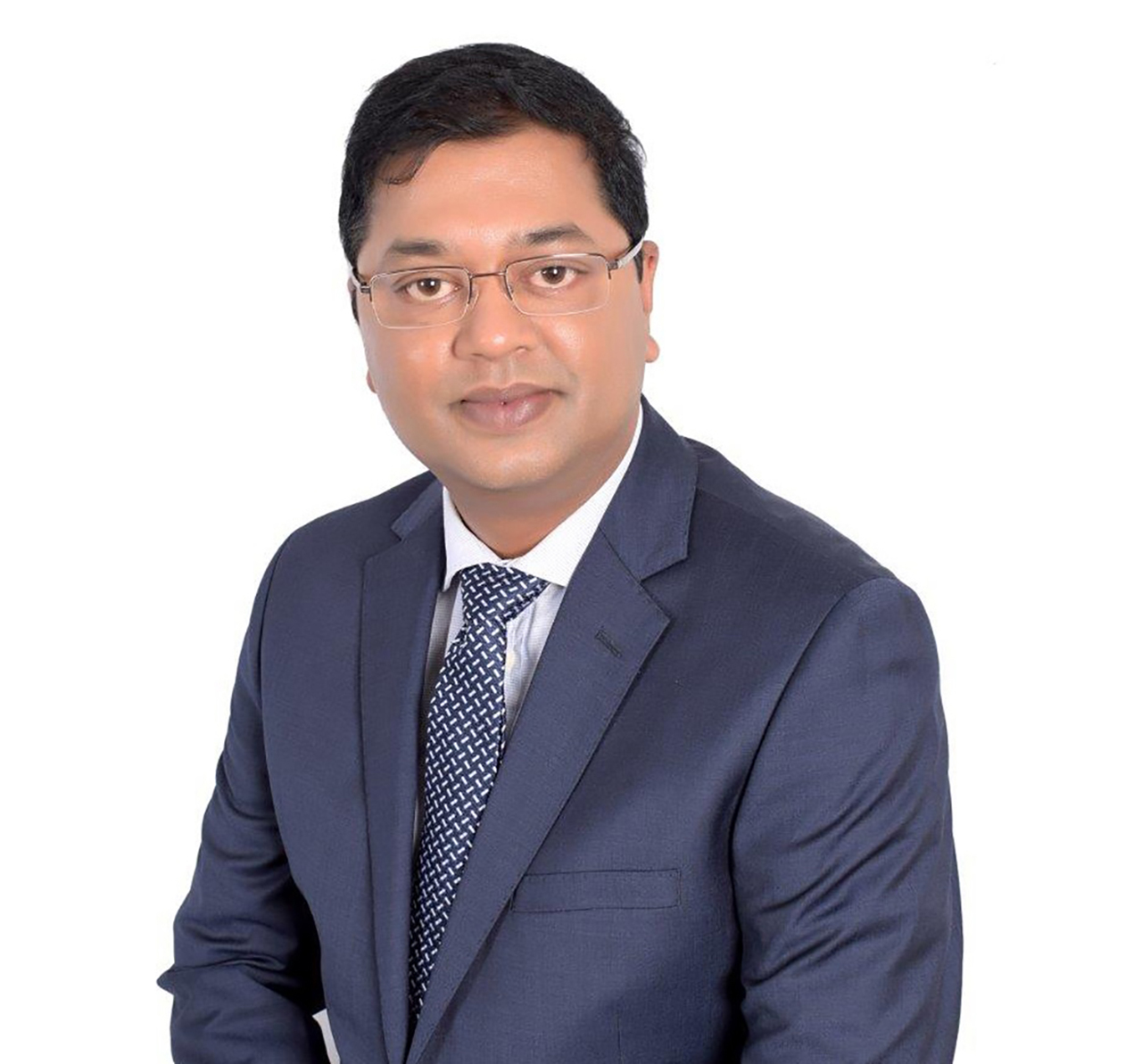
Debashish Satpathy: Schaeffler is a specialist in transmission systems and we have already made available high-end products and components for BS-VI. Our knowledge portal, internally branded as REPXPERT, has all the application details of the products or which can be fitted in the repair workshops. In the Indian context, we have a full-fledged training van which is equipped with all the new generation products and it goes direct to the customer doorstep. The key learning for the industry is that there is a real hunger in the market for new technology to be able to service new generation vehicles. Now this is where aftermarket ecosystem, the knowledge providers, diagnostic experts and the data providers together must build a robust platform for the workshops to generate more business for the aftermarket.
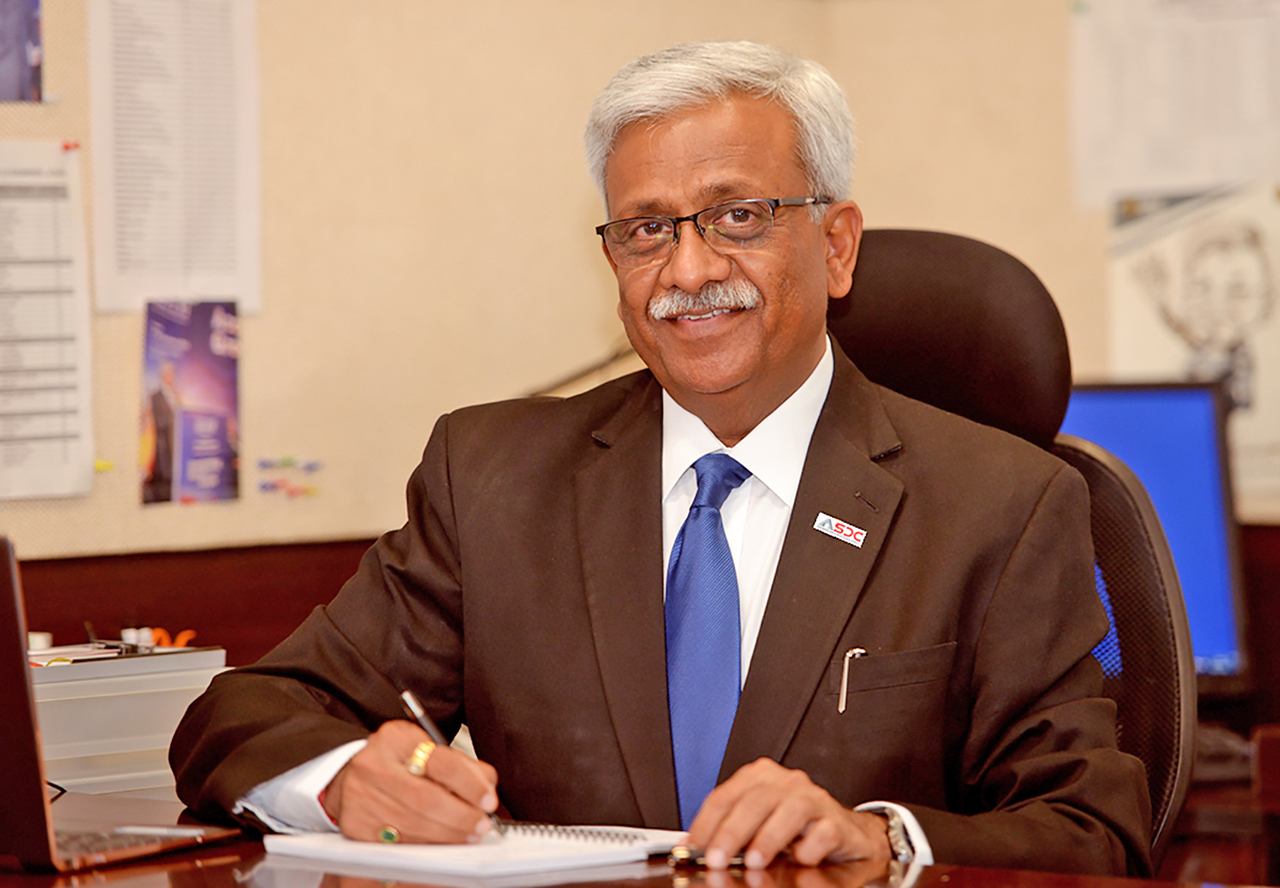
Nikunj Sanghi: ASDC, along with the stakeholders, provides skilling to the entire workforce whether in the organized system or the aftermarket, which includes the roadside mechanics also. BS-VI transition time was short. In response, we redefined the roles and started online programs for the entire industry. We had 20,000 online enrolments for the BS-VI technician program where we were also able to certify the participants. The industry, including the aftermarket, is fully prepared for functioning with the BS-VI technology. ASDC has gone digital completely to reach out to the entire industry to ready it for BS-VI.
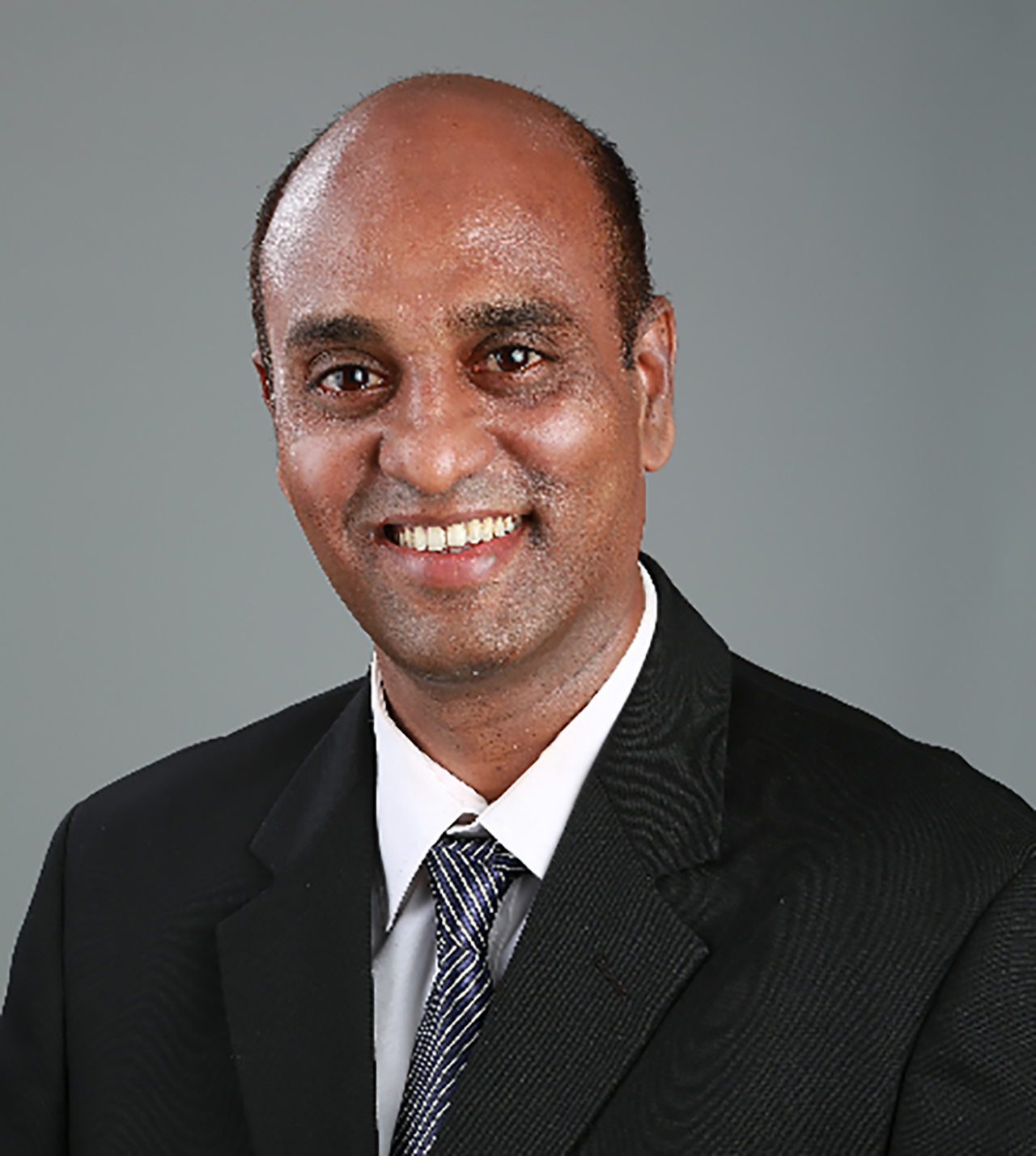
Balasubramaniyam: Though the garages are well-equipped to service older models of vehicles, they are yet to learn servicing the new generation vehicles, particularly those with the engine management systems or the multi-point fuel injection types, the ABS and the ADAS, because these require complex diagnostic software. Training the aftermarket is a constant process. Speed-A-Way is a parts distribution company and deals with about 5,000 retailers, over 500 multi-brand workshops and brake dealerships and we try to upskill them to the current requirement of the business.
Muralidharan: Let us talk about the aftermarket which is undergoing more basic changes because of the ecosystem going digital, and using IoT, and AI.
Rajagopalan: The pandemic has accelerated the digital transformation in the last one year in retail, and the aftermarket segments. Regarding upskilling the garage technicians, they have access to easy-to-use diagnostics, catalogues and training videos, even simple repair procedures in an animated format. Similarly for retailers, there are apps allowing them to order parts online, identify genuine parts for safety reasons, and also conduct inventory management. We have handed over 500 plus diagnostic tools to the trained private garage technicians and this way we are augmenting the skill sets in the marketplace. This can change the way the aftermarket services are delivered today.
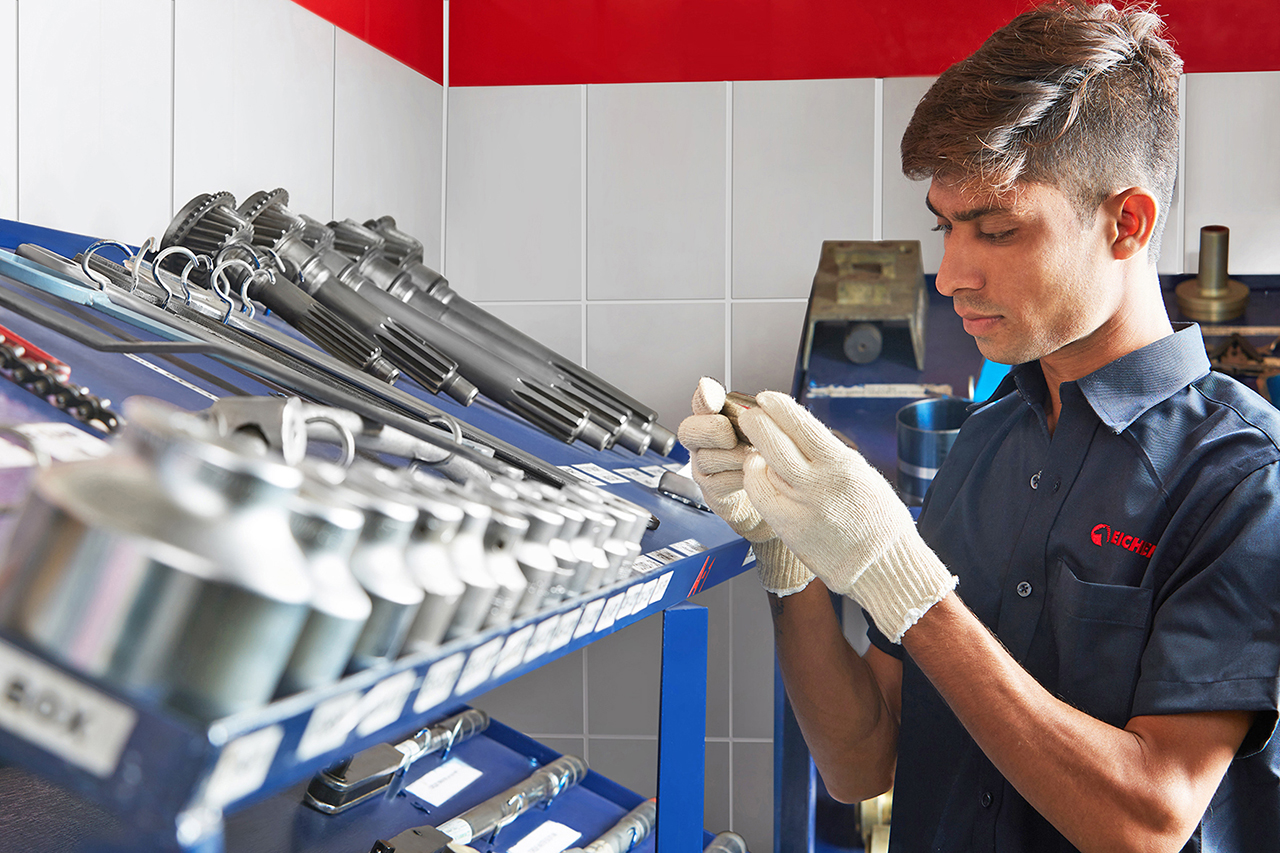
Muralidharan: Today a vehicle manufacturer needs 60,000 to 90,000 parts to service most vehicle models plying on the Indian roads and there is no way any one retailer will have them all. Hence, catalogues, and cross-referencing parts online will have high relevance and scope. But their soft skilling is also of utmost importance.
Sanghi: ASDC places high importance on soft skills of the entire workforce. Our 32-video module is tailor-made to be used at the recipient’s learning pace, at his location, and is offered free of cost. We have more than 6000 people enrolled for this already and over 500 people have already got certified too. We will soon be launching 2 more such programs and those who complete these 3 courses together would be empowered digitally to reach out to his customers.
Muralidharan: Let us hear about upskilling the sales organizations.
Sanghi: ASDC’s SpeakIn platform conducts digital re-skilling where industry experts offer online courses, solve problems and guide participants in improving themselves, help make their own websites, and teach them how to reach out to their customers. The aftermarket derives more benefit from this because a majority of the customers go to the aftermarket after the warranty period offered by the OEMs is over.
Rajagopalan: Yes, today the technology upgrade is happening fast, yet the power of data is being underutilized even today. In the commercial vehicle segment, it is the uptime that matters ultimately. Naturally that is what the aftermarket industry is also focused on in terms of right parts availability, right training skills and the fastest diagnostics in place. This is how the ecosystem is getting rewired itself.
Satpathy: The role of digitization is huge. From the perspective of the aftermarket, emphasis must be on uniting the stakeholders on a robust platform to explore the full potential of the automotive aftermarket. When it comes to SCM, we will see an increase in the usage of IoT, sensors, big data and AI with the whole objective of having the right inventory, optimization of the assets and also proper handling of the products which will become more essential as the products get more complex.
Balasubramaniyam: Speed-A-Way and other organizations have brought in an application where the entire sales business process can be seamlessly carried out digitally. By leveraging the digital tool, big data analytics can be used to measure productivity in terms of sales representation and parts for any particular vehicle segment and geography.
Muralidharan: Moving on, is any training being offered to the independent aftermarket to service BS-VI 2-wheelers? As a corollary, BS-IV vehicles are already there in the Indian market but the independent workshops do not appear to have any training relevant for these.
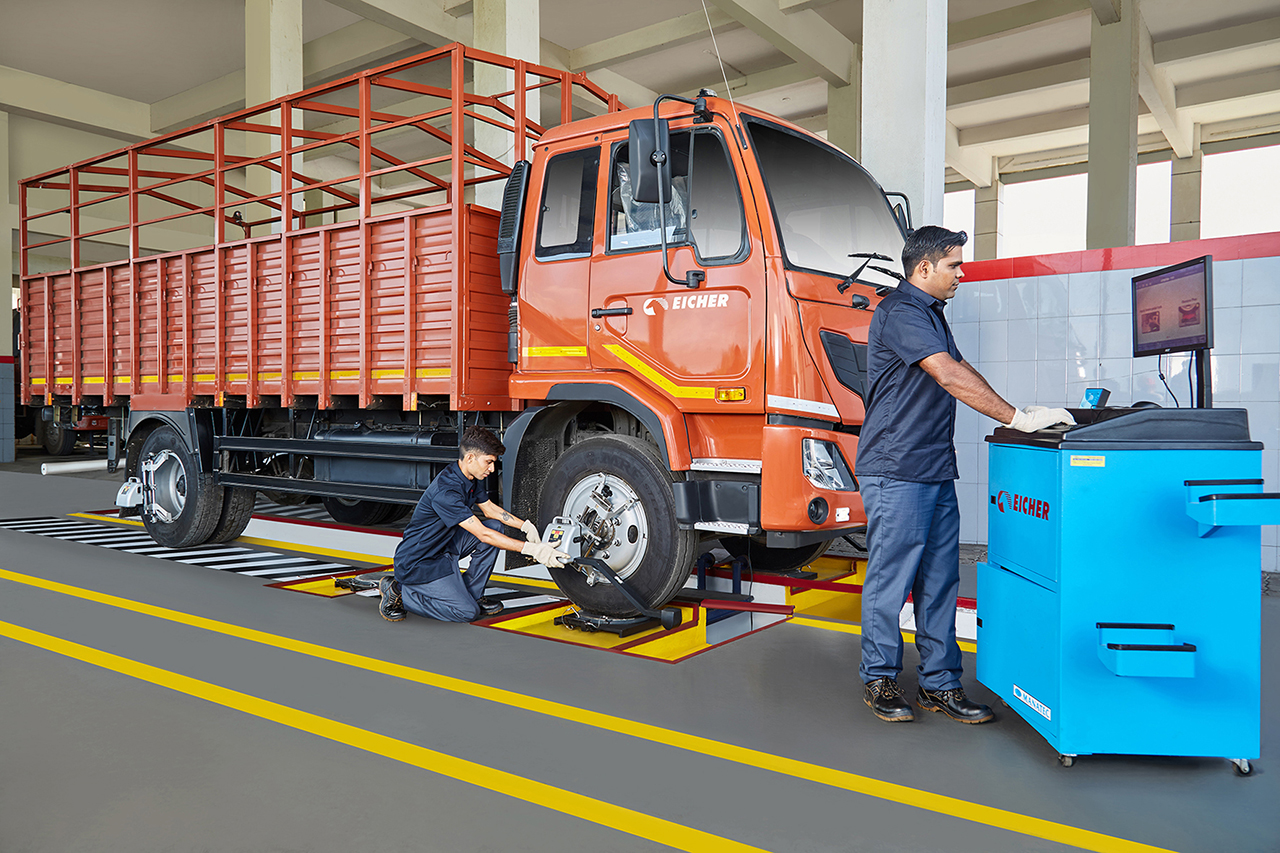
Rajagopalan: Efforts are on to pass on the BS-IV and BS-VI technologies to the independent garages in the aftermarket but it is a long drive yet. There is much ground that needs to be covered in terms of training every private mechanic on the roadside. We may not have organic growth but an accelerated growth.
Balasubramaniyam: The neutral workshops are not yet ready to undertake repairs for BS-VI vehicles. It will take consistent knowledge updating and as a distribution company, we periodically conduct training programs, and organize awareness sessions for them.
Sanghi: Major 2-wheeler OEMs have been conducting programs on a war footing for BS-VI after sales service requirements. ACMA and ASDC have been cooperating to open independent training centers. The ACT wing of ACMA along with ASDC reaches out to the entire aftermarket in upgrading technology. ACMA has also started a mentoring program for its members through ASDC on how the new business models can be taken forward. All component manufacturers are benefitting from our cooperation.
Muralidharan: In conclusion, today the salesman has become the business head at the local level. In India, there are 3 generations of vehicles now plying. It may be a challenge, yet it is also a huge employment opportunity. Upskilling, therefore, is a need. Today an app in hand will keep this business moving, but upskilling will not be easy. Once done, it will be a US $ 10bn market and it will continue to grow for the next decade or so as a business.